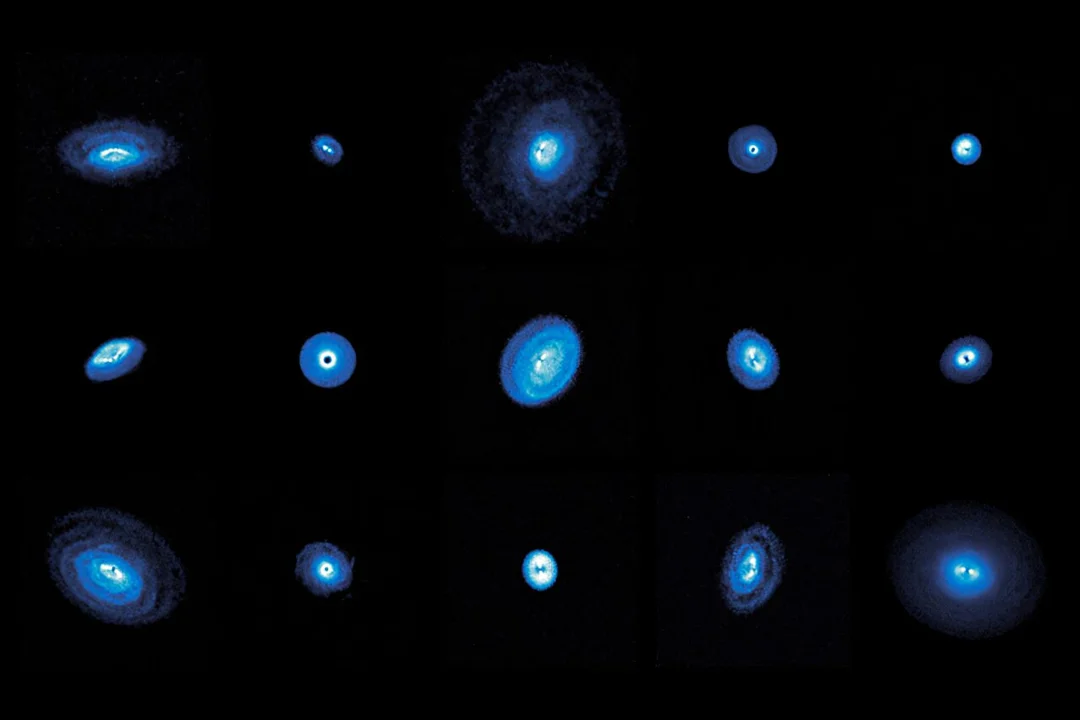
Newborn Planets Unveiled: Astronomers Revolutionize Planet Formation Studies with exoALMA Project
A groundbreaking international astronomical effort, spearheaded by researchers like Richard Teague at MIT and Christophe Pinte at Monash University, has yielded unprecedented insights into the earliest stages of planet formation. Using advanced techniques with the Atacama Large Millimeter/submillimeter Array (ALMA) in Chile, the exoALMA project has captured the most detailed observations to date of 15 protoplanetary disks, leading to the discovery of five potential 'baby planets'. This marks a significant leap forward in our understanding of how planets emerge from swirling clouds of gas and dust around young stars.

The research, published in a special collection in The Astrophysical Journal Letters, showcases new methods to analyze protoplanetary disks. Richard Teague describes their data gathering as "switching from reading glasses to high-powered binoculars," revealing intricate details previously unseen. This includes observing gas morphology, allowing astronomers to gauge the mass and velocity within these disks.
The **exoALMA project** focuses on studying the gas within these systems, which provides more information about the dynamics, offering details on gravity, speed, and mass.
A central finding is the role of vortices in planet formation. While the simple "snowball" model of dust grains clumping together is insufficient, vortices – localized gas perturbations pulling dust to the center – may be crucial. Lisa Wölfer explains that studying gas dynamics is vital to confirm the existence of vortices, as dust concentration alone isn't enough.
After the initial data the team saw it was necessary to reevaluate their models to incorporate more motion in the gas.
The **exoALMA project** has revolutionized scientists' understanding of how planets interact with their environment and evolve over time.
Associate Professor Christophe Pinte highlighted that the new method detects planets by their effects on their surroundings, comparing it to "spotting a fish by looking for ripples in a pond." The project has identified planets as young as a few million years old, significantly younger than Earth. These planets were also found to form quickly, in just few million years, in very dynamic environments. Professor Price also added that they are uncovering the youngest planets therefore providing the first clues for unrevealing these mysteries.

The wealth of data from this project has been made publicly available, encouraging further study. As ALMA undergoes upgrades in the near future, astronomers will have years of data to analyze, promising sustained results. Astronomers are in touch with the NASA's James Webb Telescope to try and observe the planets directly and more observations.
What secrets will these young planets reveal about the origins of our solar system and the diversity of planetary systems throughout the universe? Share your thoughts and theories in the comments below!